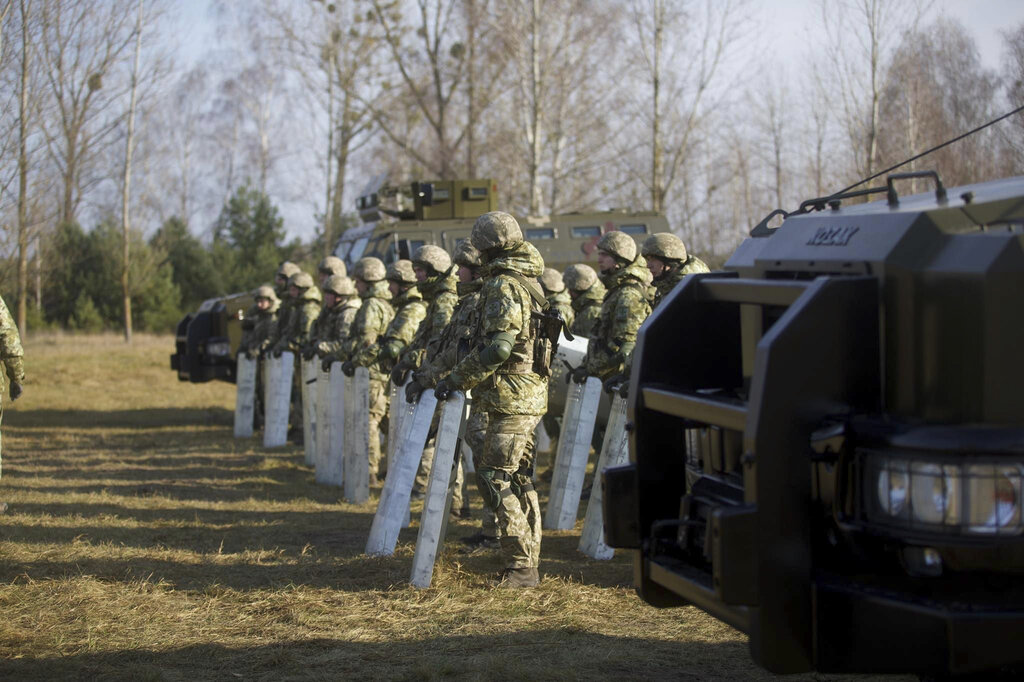After unsuccessful attempts to cross the Belarusian-Polish border, a group of about 5,000 migrants could try to get to Western Europe via Ukraine, Slovakia, and Czechia, reported the Polish Gazeta Wyborcza newspaper and the Slovak Markíza TV channel.
At the same time, Ukrainian border guards announced that they had stopped 15 migrants pretending to be tourists on the border with Belarus. According to Reuters, this was the first such case since the migration crisis broke out on the border between Belarus and its neighbors from the European Union.
“The members of the border guard decided not to allow these people to enter (Ukrainian territory) and return them to the Republic of Belarus as they had no reason to enter the territory of our state,” stated Ukrainian border authorities.
The media in Poland and Slovakia speculate that migrants, after failing to cross the Polish border, could soon try their luck at the less guarded Belarusian-Ukrainian border.
“There is information that if Belarus fails to get migrants across Poland’s borders, they will try to direct them to the border with Ukraine,” said Gazeta Wyborcza reporter Anna Gorczyca, adding it was difficult to say whether migrants would have a real chance to get through to the West.
On Wednesday, Poland noted the transfer of migrants on the Belarusian side of the shared border, which, according to the newspaper, increased the likelihood that they could use other routes.
“They moved them to large halls, but Ukrainian services signal that about 5,000 migrants are close to the Belarusian-Ukrainian border,” said the Polish reporter.
Markíza TV then pointed out maps “showing a possible new migration route” that are circulating on social media. According to the Polish media, these maps, with descriptions exclusively in Arabic, are being spread among migrants gathered in Belarus.
However, at first glance, some maps raise doubts as to whether they are authentic since they are practically useless for orientation in the field.





